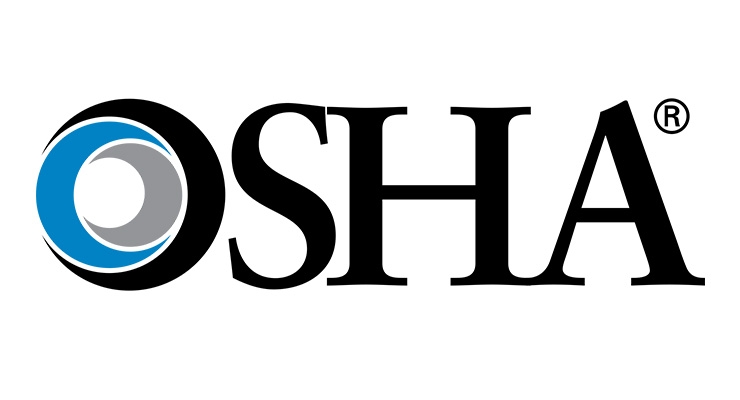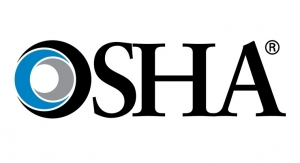09.14.17
The Occupational Safety and Health Administration (OSHA) and the American Chemistry Council (ACC) established a two-year alliance to raise awareness of how workers are exposed to diisocyantes, and promote safe practices for their use in the polyurethane industry.
Isocyanates are raw materials used to make polyurethane products, such as insulation, car seats, foam mattresses, shoes, and adhesives. Exposure to isocyanates can cause irritation of the skin and mucous membranes, chest tightness, and difficulty breathing. More serious health effects include asthma and other lung problems.
The alliance calls for the creation of a web-based training program on the safe use of chemicals and the potential routes of exposure to users. It will also develop guidance on medical surveillance and clinical evaluation techniques for employers and workers using the chemicals. The agreement also calls for best practices seminars on health and safety procedures for OSHA, On-Site Consultation, and State Plan staff.
“OSHA’s new alliance with ACC will help ensure that employers and employees who work with the identified chemicals better understand the health hazards associated with these potentially hazardous chemicals, and the methods to control employee exposures,” said Deputy Assistant Secretary of Labor for Occupational Safety and Health Loren Sweatt.
The ACC comprises the Center for the Polyurethanes Industry (CPI), and the Diisocyanates and Aliphatic Diisocyanates panels. Members of these groups include manufacturers and distributors of chemicals and equipment used to make polyurethane. CPI serves as the voice of the polyurethanes industry, covering more than 220,000 workers nationwide.
Through its Alliance Program, OSHA works with unions, consulates, trade and professional organizations, faith- and community-based organizations, businesses and educational institutions to prevent workplace fatalities, injuries, and illnesses. The purpose of each alliance is to develop compliance assistance tools and resources and to educate workers and employers about their rights and responsibilities.
Under the Occupational Safety and Health Act of 1970, employers are responsible for providing safe and healthful workplaces for their employees. OSHA’s role is to ensure these conditions for America’s working men and women by setting and enforcing standards, and providing training, education and assistance. For more information, visit www.osha.gov.
Isocyanates are raw materials used to make polyurethane products, such as insulation, car seats, foam mattresses, shoes, and adhesives. Exposure to isocyanates can cause irritation of the skin and mucous membranes, chest tightness, and difficulty breathing. More serious health effects include asthma and other lung problems.
The alliance calls for the creation of a web-based training program on the safe use of chemicals and the potential routes of exposure to users. It will also develop guidance on medical surveillance and clinical evaluation techniques for employers and workers using the chemicals. The agreement also calls for best practices seminars on health and safety procedures for OSHA, On-Site Consultation, and State Plan staff.
“OSHA’s new alliance with ACC will help ensure that employers and employees who work with the identified chemicals better understand the health hazards associated with these potentially hazardous chemicals, and the methods to control employee exposures,” said Deputy Assistant Secretary of Labor for Occupational Safety and Health Loren Sweatt.
The ACC comprises the Center for the Polyurethanes Industry (CPI), and the Diisocyanates and Aliphatic Diisocyanates panels. Members of these groups include manufacturers and distributors of chemicals and equipment used to make polyurethane. CPI serves as the voice of the polyurethanes industry, covering more than 220,000 workers nationwide.
Through its Alliance Program, OSHA works with unions, consulates, trade and professional organizations, faith- and community-based organizations, businesses and educational institutions to prevent workplace fatalities, injuries, and illnesses. The purpose of each alliance is to develop compliance assistance tools and resources and to educate workers and employers about their rights and responsibilities.
Under the Occupational Safety and Health Act of 1970, employers are responsible for providing safe and healthful workplaces for their employees. OSHA’s role is to ensure these conditions for America’s working men and women by setting and enforcing standards, and providing training, education and assistance. For more information, visit www.osha.gov.























